Aging Office Buildings Are Having a Midlife Crisis
By: Andrea Vanecko, Eric Phillips and Lisa StewartHere is how to reinvent these properties for a new era.
Winter 2022/2023 Issue
How E-Commerce Affects Urban Industrial Lands and Transportation Systems
By: Eric Aderneck and Russell WhiteheadQuick-delivery services could have a significant impact on streets, curbs and parking in cities.
The Tin Building: A Fish Market Morphs into a Dining Destination
By: Anthony PalettaAn adaptive-reuse project in Manhattan rejuvenates a landmark that had fallen upon hard times.
What Lies Ahead for Commercial Real Estate?
By: Trey BarrineauNAIOP brought together national research directors and academics to discuss the return to the office, the future of industrial and other topics.
Download the Winter 2022/2023 Issue of Development
Download a PDF version of the Winter 2022/2023 Issue of Development.
Must-Read Articles

Repurposed Shipping Containers Offer Unique Advantages for the Right Projects

Challenges Abound When Transforming Office to Residential
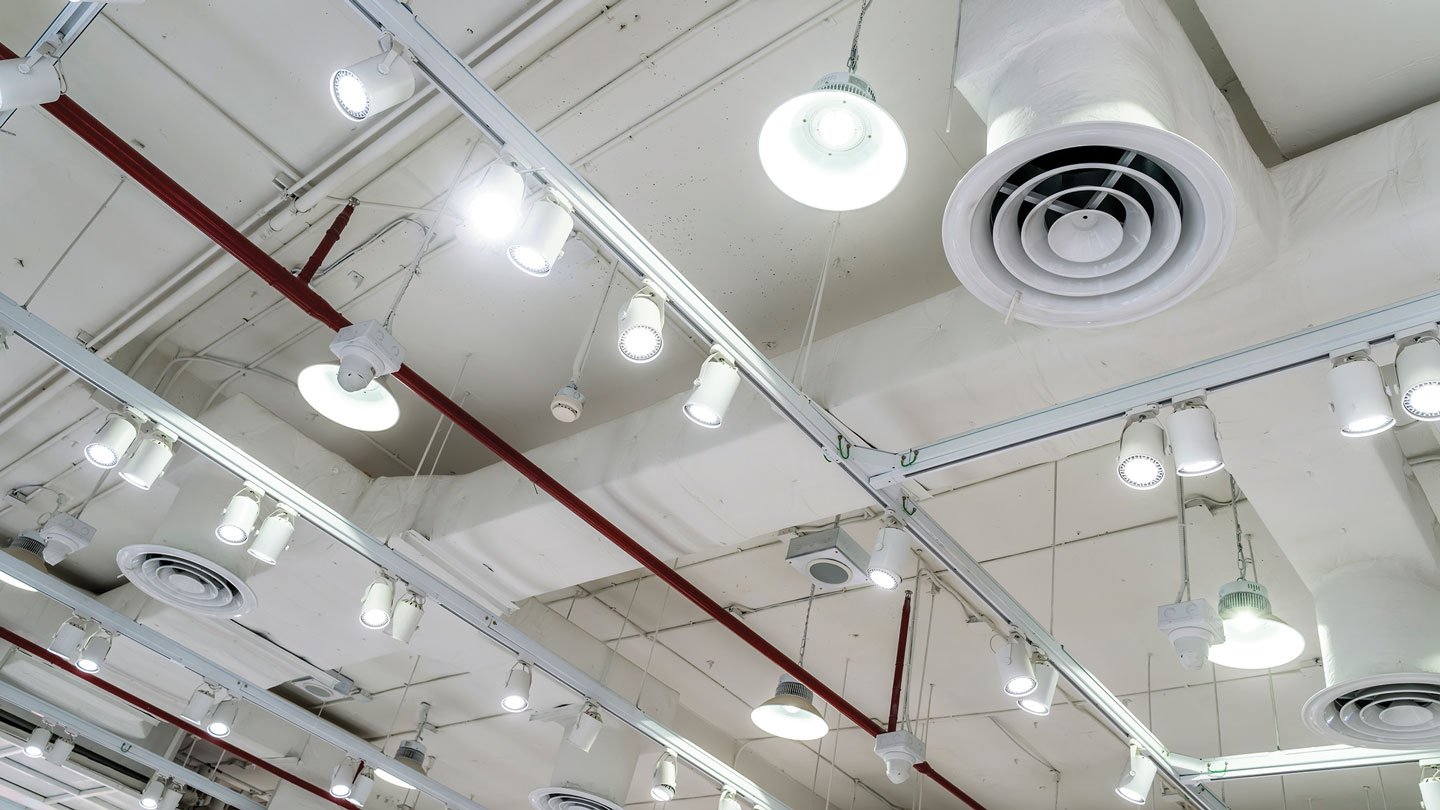
Clean Indoor Air at the Office Can Reduce Risks from Viruses and Increase Productivity
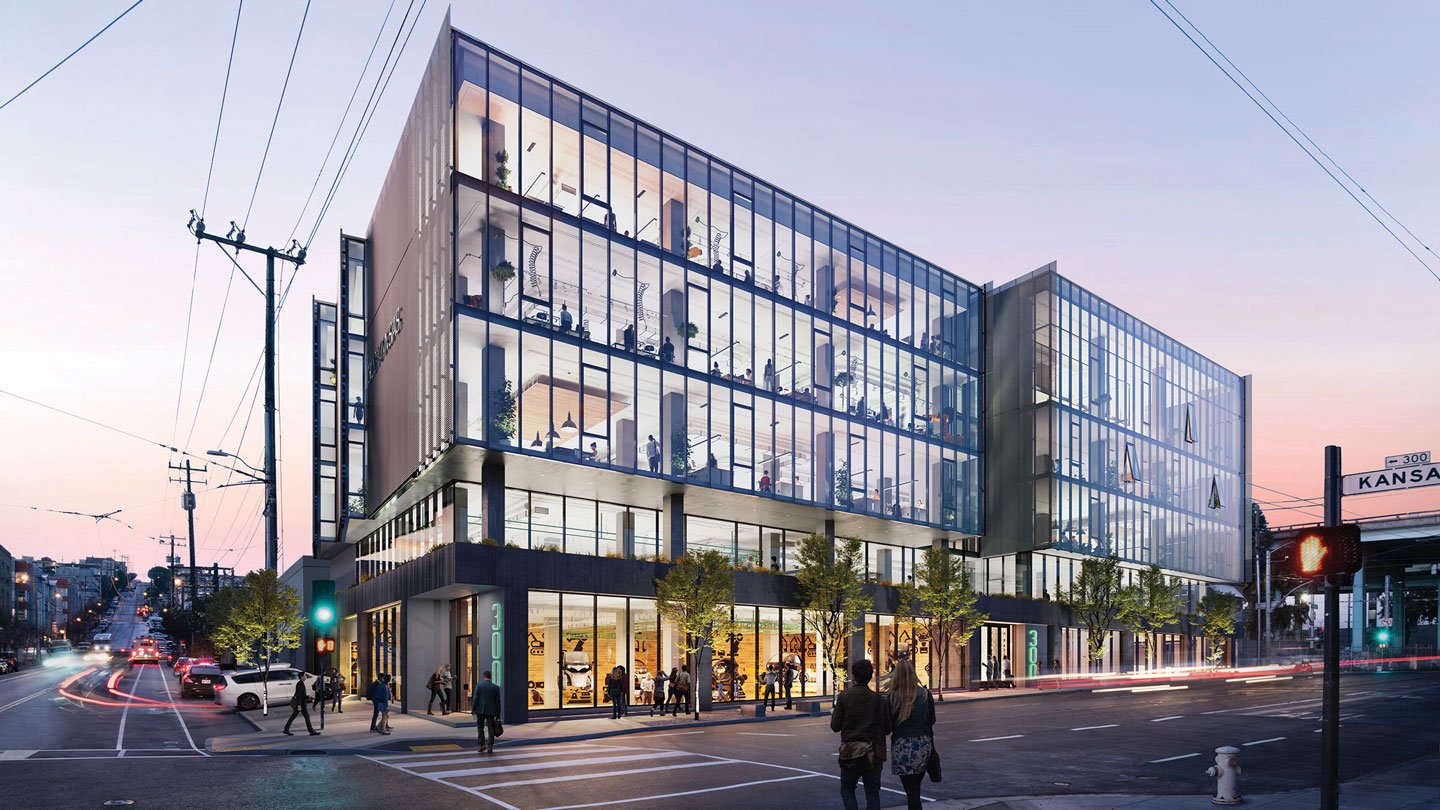
All-Electric Buildings are Powering Up

CEO on Leadership: Peter J. Cocoziello

From Broker to Developer: The Challenges (and Rewards) of a Major Career Transition

Putting Some Real Money Behind Transportation
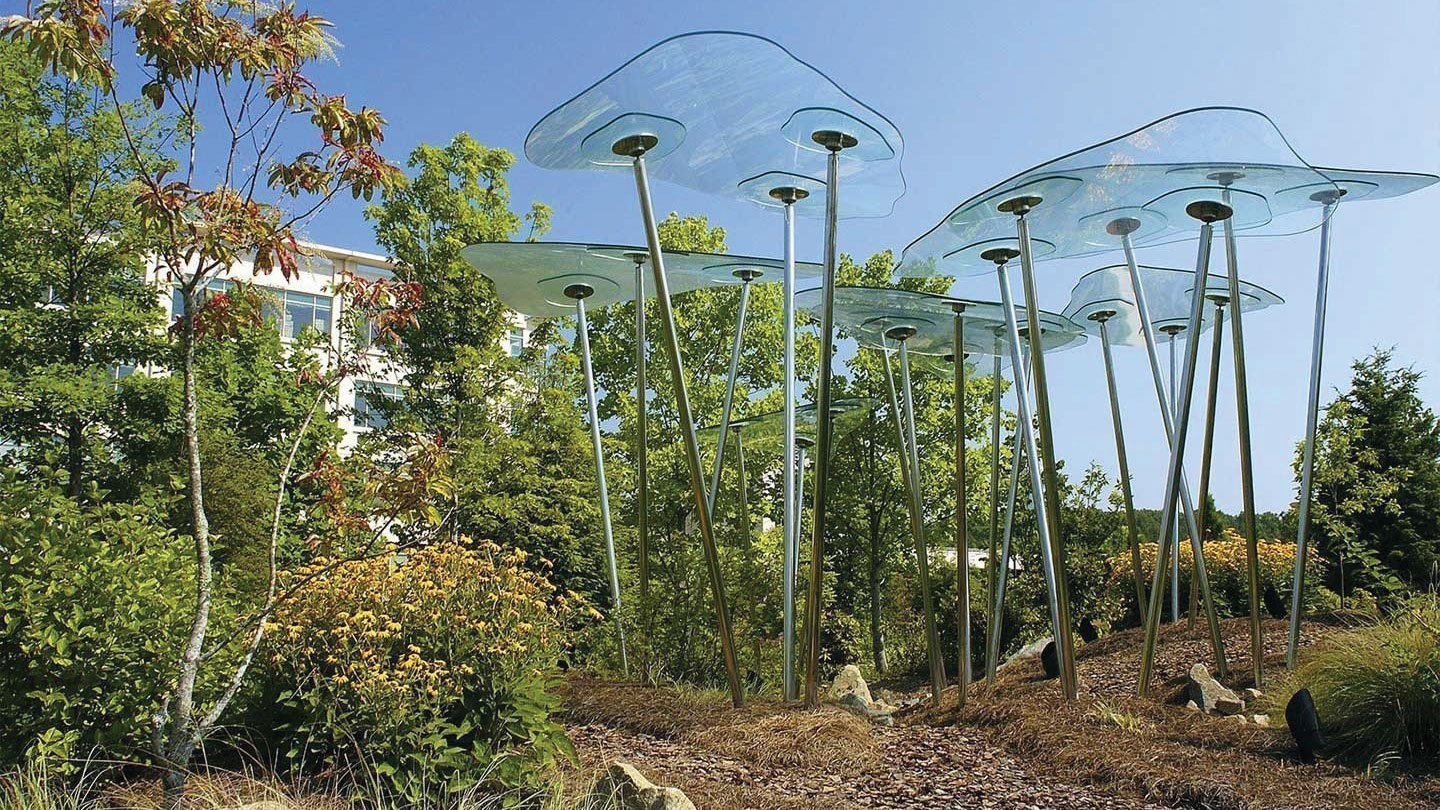
An Expanding Role for Public Art
RELATED RESEARCH AND PUBLICATIONS
Industrial Space Demand Forecast, First Quarter 2025
Economic Impacts of Commercial Real Estate, 2025 U.S. Edition
Office Space Demand Forecast, Fourth Quarter 2024
PERSPECTIVES
Chapter Profile: NAIOP Edmonton
This growing Canadian city sits at the heart of a major energy-producing region.
From the Editor: What’s Old is New Again
As 2022 ends and the economy remains uncertain, we know it is more important than ever to think creatively.
Intentional Networking, Short-term Goals and Active Leadership
Advice from the winners of the 2022 Developing Leaders Awards, which honor outstanding young professionals.
ADDITIONAL ARTICLES
Economic Contraction May Not Ease Construction’s Labor Problems
A shortage of workers is forcing builders to pay higher wages.
What the Widening Talent Gap Means for Today’s Business Leaders
New approaches are required to attract and retain outstanding workers.
New Appellate Case Could Have an Immediate Impact on Construction Disputes
Ruling in Massachusetts on prompt-pay statutes comes amid skyrocketing costs for labor and materials.
Managing Water Damage Risk Involves Planning, Diligence
Maintenance and mitigation techniques are crucial to help keep insurance premiums low.
Commercial Real Estate Benefits from Inflation Reduction Act’s Climate Change Incentives
The bill expands tax breaks for energy-efficiency improvements in buildings.
Report Examines Economic Contributions of Commercial Real Estate in Canada
Industry supports a million jobs and billions in contributions to the country’s GDP.
New & Noteworthy
An assortment of brief facts and figures about new and noteworthy development projects.
ARCHIVED ISSUES
View All Archived Issues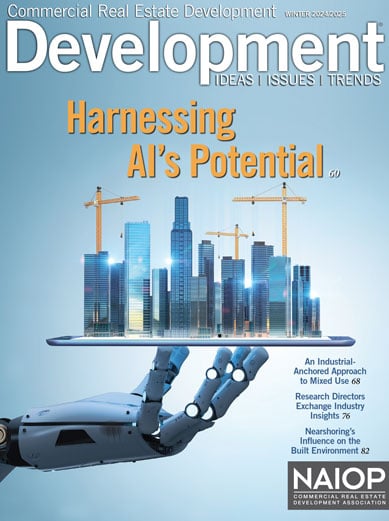 Winter 2024/2025 Issue
Winter 2024/2025 Issue
Development magazine’s winter issue delves into the evolving uses of artificial intelligence in the commercial real estate industry, from lease management and building operations to portfolio assessment and data analysis.
 Fall 2024 Issue
Fall 2024 Issue
Development magazine’s Fall issue profiles Crescent Communities, explores the growing impact of spaceport real estate around Houston and along Florida’s Space Coast, the commitment to prioritize employee well-being and environmental stewardship in the design of REI Co-op’s latest distribution center, and the innovations involved in the development of EVE (Electric Vehicle Enclave) Park in London, Ontario.
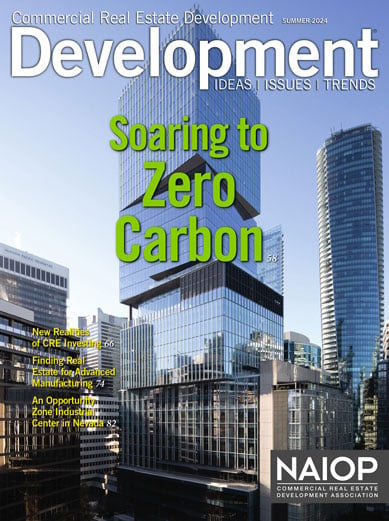 Summer 2024 Issue
Summer 2024 Issue
This issue features a cover story on The Stack, the first high-rise office project in Canada to earn Zero Carbon Building Design certification. Other feature articles examine the new realities of CRE investing across different sectors, the challenges of finding move-in-ready space for advanced manufacturing startups, and lessons learned from Mark IV’s acquisition and master planning of a 4,300-acre Opportunity Zone industrial project in northern Nevada.















